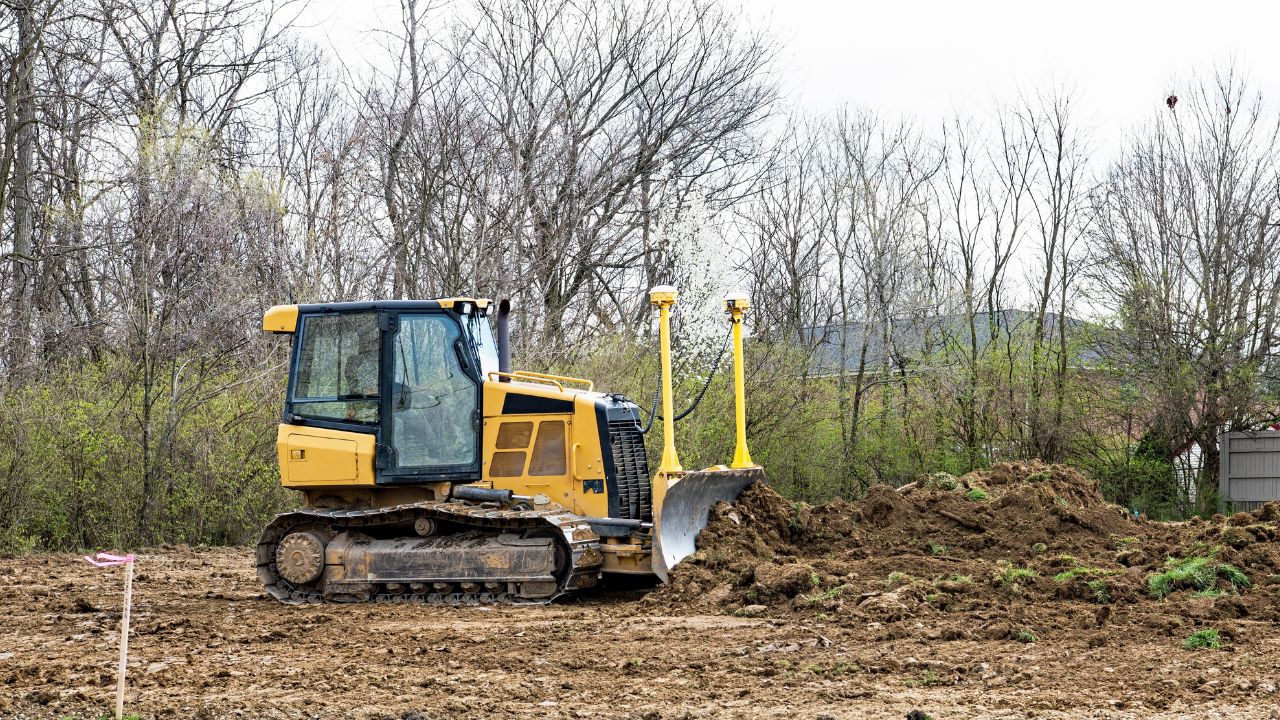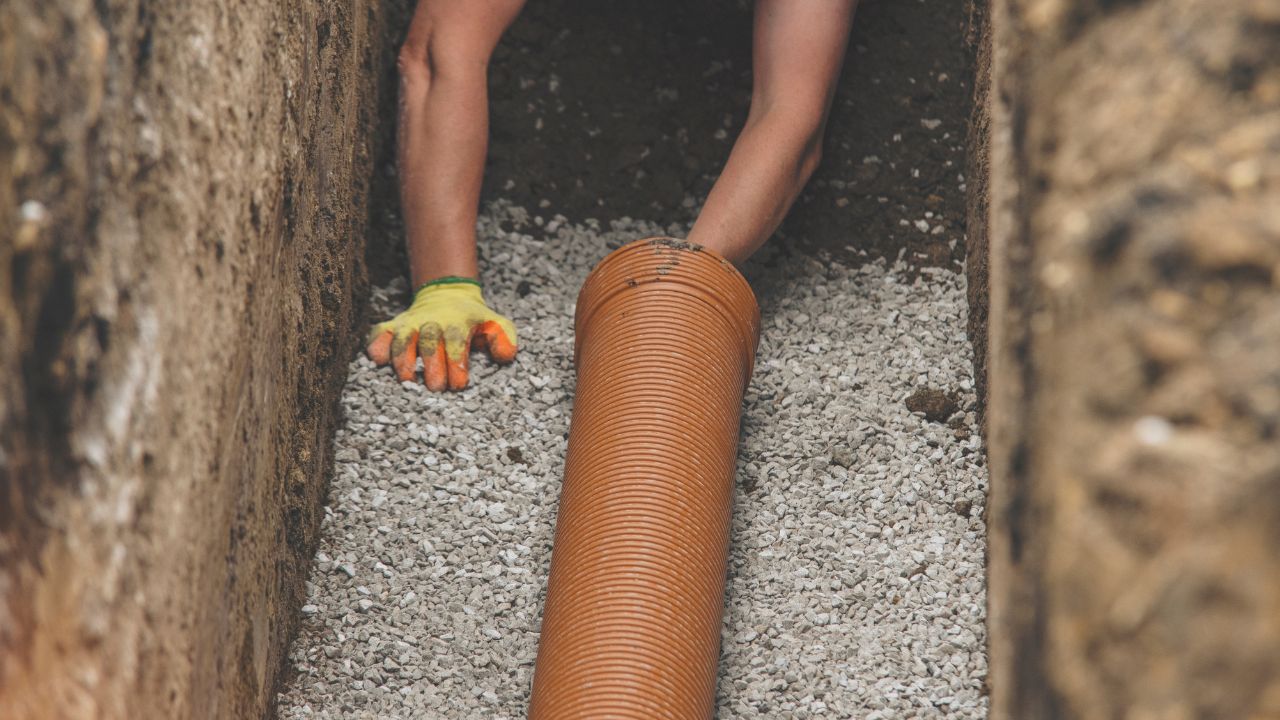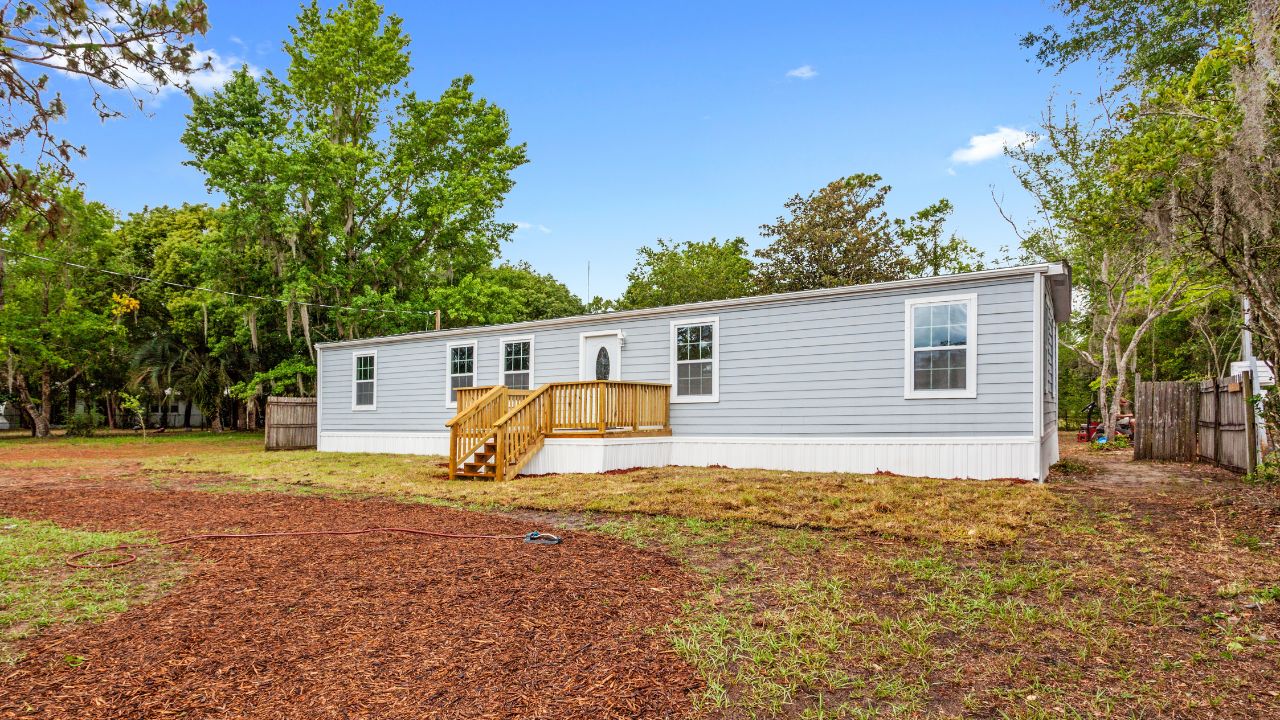What You’ll Regret Skipping Before Putting a Mobile Home on Land
Getting a mobile home set up on land might sound like a fast, affordable way to get settled—but there are a few steps you really don’t want to skip. These aren’t just little conveniences. Skipping them can mean thousands in repairs, frustrating delays, or even a big mess down the road.
Whether you’re working with raw land or you’re trying to make do with a tight budget, the prep work matters. Do it right the first time, and you’ll avoid a whole lot of regret later.
Testing the Soil First

Before you bring in a pad or even start leveling, you need to know what you’re working with. Some soil types shift, sink, or hold water—all of which can wreck your foundation or lead to drainage issues later. A basic soil test will tell you if you need extra gravel, a different pad type, or a better spot entirely. Skipping this can mean big issues with leveling, settling, or erosion.
Running a Perc Test

If you’re putting in a septic system, you’ll need a percolation test—and you’ll need to pass it. This test tells you how well the soil drains, which determines whether a septic system can even be installed. If your land fails, you’ll need to look into more expensive options or different placement. It’s a test you can’t skip and should absolutely do before buying or placing anything.
Planning Driveway Access Early

If you don’t have a clear, solid path for delivery, you’re going to run into problems fast. Mobile home haulers need wide turns, stable ground, and no overhead obstructions. You might need to bring in a culvert, clear trees, or even lay gravel ahead of time. If your driveway’s an afterthought, you’ll either delay the whole project or end up paying extra for last-minute prep.
Making a Utility Plan Ahead of Time

Don’t assume water, electric, and internet will be easy to run. You need to know where you’re tapping in and how far those lines have to go. That affects your trenching, your budget, and where the home can sit. Skipping this step can leave you stuck with higher bills, slower installs, or having to move the home to make it all work.
Grading the Land Properly

Water needs to move away from your home—not pool around it. That means grading the land before the home goes in. Even a slight slope makes a big difference in keeping moisture away from your skirting, underbelly, and pad. If you wait until after install, it’s harder and more expensive to fix. Poor grading is one of the fastest ways to create long-term problems.
Pouring a Quality Pad or Foundation

A mobile home still needs a strong, level foundation. Depending on where you live, that could be a concrete slab, piers, or footers. Skimping here can lead to shifting, sinking, or cracked walls. Even with tie-downs, a poorly prepped foundation won’t hold up well over time. You want it solid, level, and built to code.
Laying Drainage Systems First

French drains, swales, or even basic gravel trenches should go in before your home arrives. Once it’s placed, it’s much harder to deal with drainage problems. If your land tends to hold water or you’re in a low spot, this step can save your skirting, your foundation, and your peace of mind. It’s worth doing even if it adds time up front.
Getting the Permits in Order

Counties vary a lot in what they require, but most won’t let you move in without inspections, permits, and approvals. Waiting until you’re ready to set up can delay everything. Talk to your local planning office ahead of time, and make sure you have everything lined up—septic, electric, address, and occupancy. It’ll save you a ton of back-and-forth.
Planning Skirting and Tie-Downs Early

Skirting isn’t just for looks—it protects plumbing, keeps pests out, and helps with insulation. But it needs to fit right and be part of your prep. Same goes for tie-downs. Don’t wait until the last second or rely on whatever the installer throws together. Plan for it in your budget and make sure it’s built to last.
Thinking Through the Long-Term Layout

Where you put your mobile home affects everything—from future additions to how you’ll use the rest of your land. Leave space for a deck, outbuildings, garden, or fence lines. Make sure you’re not crowding easements or backing yourself into a tight corner. A little planning now can make living there a lot easier later.
*This article was developed with AI-powered tools and has been carefully reviewed by our editors.







